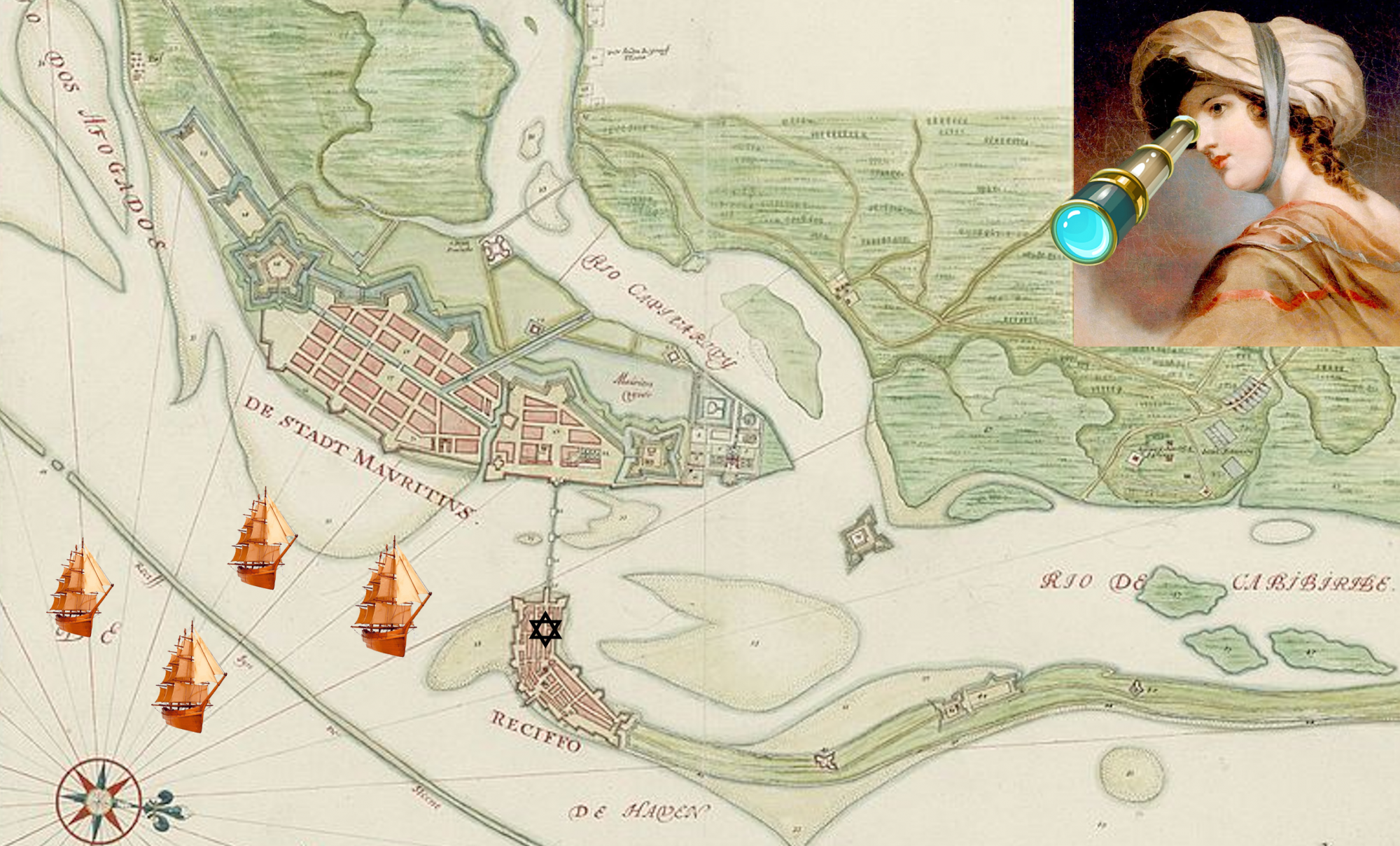
In addition to coming to the colonies from Iberia, the Netherlands, and England, many Jews came from Germany. Some of them were Ashkenazi Jews, such as my father, Michael Gratz, and my uncle Barnard Gratz, who came from Langendorf, Germany. Indeed, most people think of Germany as the birthplace of Ashkenazim: Ashkenazi Jews had first settled along the Rhine in what is now Germany and then later moved into Eastern Europe.


Hamburg. Photo by L. Leibman
Some of the other Jews that came from Germany to the colonies, however, were Sephardic, because one of the main ports that fed the colonies was Hamburg, which had strong ties to Amsterdam’s Sephardic community. One of the most famous Rabbis in Curaçao, Hakham Raphael Jesurun, was born in Hamburg to Moses Jesurun, the leader of Sephardic community.

Although today we would use the term “Rabbi” for such men, in the Atlantic World a leader of a Sephardic congregations who was a wise and learned Talmud scholars was called a Hakham. Less learned men who didn’t have semikhah (rabbinical ordination) and who led services were given the title of Hazzan, or “singer.” Raphael Jesurun and his father Moses were Hakhamim. Raphael went to Amsterdam for school, where he was a star pupil in Amsterdam’s yeshivot. When it came time to marry, Raphael chose Rachel Sasportas, the granddaughter of the great Amsterdam Rabbi Jacob Sasportas. Rabbi Sasportas had also once lived in Hamburg.
Hakham Raphael Jesurun, the second resident of the Rabbi’s house at 26-28 Kuiperstraat, in Curaçao. The gravestone of Hakham Jesurun (1748) was engraved with a depiction of an angel approaching the distinctive portal of the Snoa: two Doric columns with a verse from Psalms 118:20 above the lintel: “This is the gate of the LORD; the righteous shall enter into it” (Arbell 140; Emmanuel 296-7).


Activity
Rabbi Jacob ben Aaron Sasportas (1610 – 1698) lived many places in his life. He was born in Oran, and in 1634 began his career as one of the most important rabbis of his era. His first posts were in Tlemcen, Marrakesh, Fes, and Salé. After being imprisoned by a North African king, he escaped to Amsterdam. After a brief return to Morocco, he was called to become the rabbi of London in 1664. The plague sent him fleeing, however, to Hamburg in 1665. He stayed there until 1673 when he became the Rosh Yeshiva of Keter Torah in Amsterdam. In 1675 he became the Rosh Yeshiva in Leghorn (Livorno), but he returned to Amsterdam in 1684 as the Rosh Yeshiva of Ets Haim. After the death of Rabbi Isaac Aboab da Fonseca in 1693 he became the head of Amsterdam’s Portuguese community at the Esnoga, a position he held until his own death in 1698.
